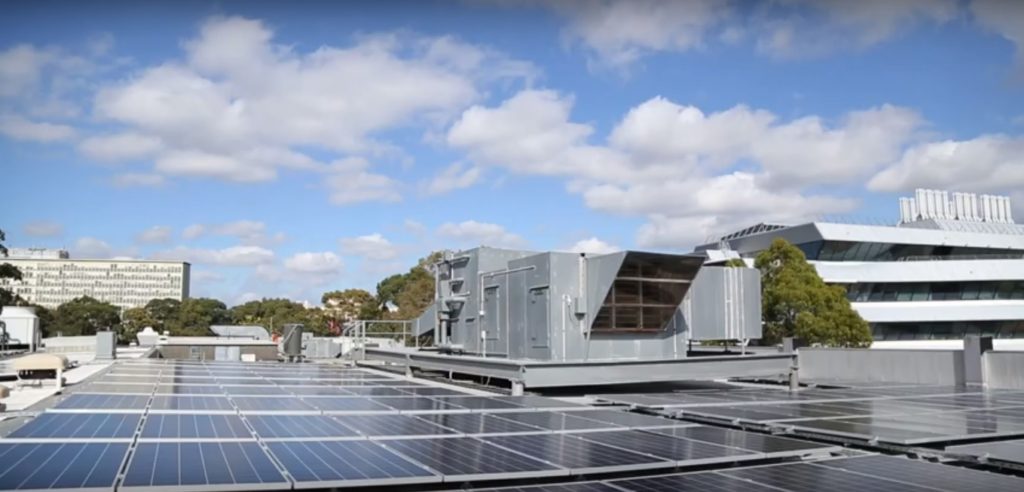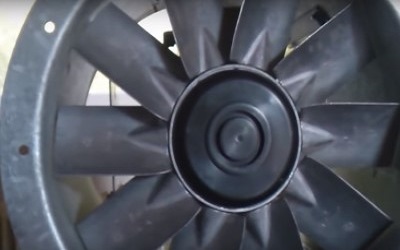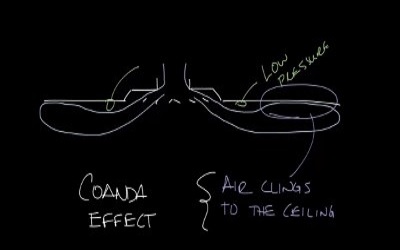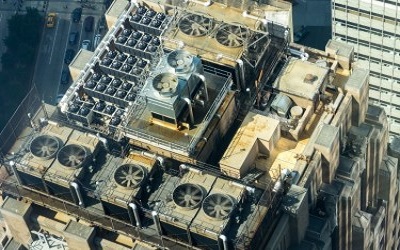Solar PV - what are the current and future problems we are not talking
Solar PV - what are the current and future problems we are not talking
Much has been said about the benefits of renewal energy and more so roof top solar pv. Universities and renewable energy advocates have been lauded for their action plans and leadership in the fight against climate change, such as the video posted below.

Renewable energy is good, but ...
Let’s start with the publication in forbes.com by Michael Shellenberger dated May 23, 2018 “If Solar Panels Are So Clean, Why Do They Produce So Much Toxic Waste?“. He wrote …
The problem of solar panel disposal “will explode with full force in two or three decades and wreck the environment”. There “is a huge amount of waste and they are not easy to recycle.”
“The reality is that there is a problem now. It’s only going to get larger, expanding as rapidly as the PV industry expanded 10 years ago.”
“Contrary to previous assumptions, pollutants such as lead or carcinogenic cadmium can be almost completely washed out of the fragments of solar modules over a period of several months, for example by rainwater.”
Also noted by Dustin Mulvany on July 2015 in solarindustrymag.com Act Now to Handle the Coming Wave of Toxic PV Waste is another cause for concern.
“Approximately 90% of most PV modules are made up of glass. These glass often cannot be recycled as float glass due to impurities. Common problematic impurities in glass include plastics, lead, cadmium and antimony. Where present, these materials can only be down-cycled.“
We are not looking at the entire whole of life of our panels. From manufacturing processes to the end of life recycling of these solar panels. In November 2014, National Geographic published “How Green Are Those Solar Panels, Really?“, it warned of the sustainability of its manufacturing practices and its adverse impact to the environment.
“Fabricating the panels requires caustic chemicals such as sodium hydroxide and hydrofluoric acid, and the process uses water as well as electricity, the production of which emits greenhouse gases. It also creates waste. These problems could undercut solar’s ability to fight climate change and reduce environmental toxics.”
The other trouble looming ahead of us with solar panels highlighted earlier is waste; at the end of life. Not until there are mandatory global or even national recycling policies; solar panel waste will eventually end up in landfills. The bigger problem is, there will be more solar panel waste in the future with the current uptake of solar PV.
Michael aptly addressed in the video below. He shared why the early and original environmentalists are turning away from solar pv.
Have we not learn the lessons from the past – “lead in gasoline”, its environmental and health impacts? Different problems but just the same, during the early days of leaded petrol, it was being lauded as “gift of God” by vice-president of the Ethyl Corporation at that time was Frank Howard. He argued that “continued development of motor fuels is essential in our civilization” – source: Why did we use leaded petrol for so long?
The way I see moving forward is not generating more power, it’s not installing more solar pv panels; we need to be using less. We have to pause and reflect the way we consume energy, the way we build our built environment, the way we design our HVAC systems. Status quo is not acceptable in the looming energy and climate challenges. We need to collectively embrace the Energy Hierarchy.
Related
Read more: Fan wall
Read more: How to verify the percentage of outside air in an enclosure
Read more: BCA Part J5 Air-conditioning system control
Read more: Microbial Induced Corrosion (MIC) in Pipes
Read more: Is your kitchen exhaust system a fire hazard
Read more: What is coanda effect













